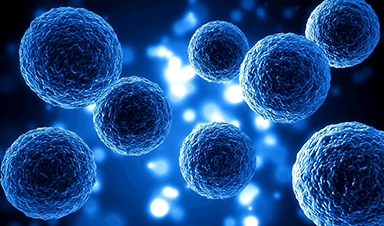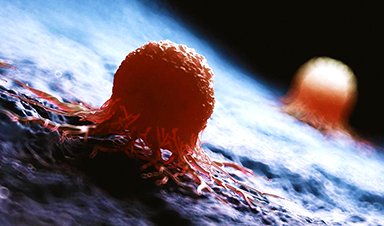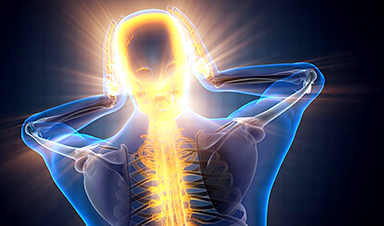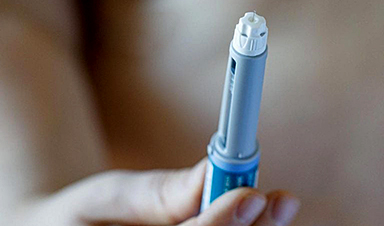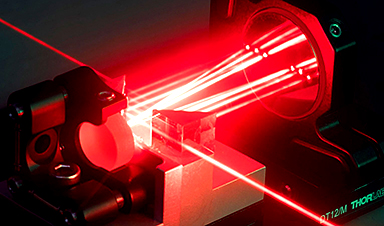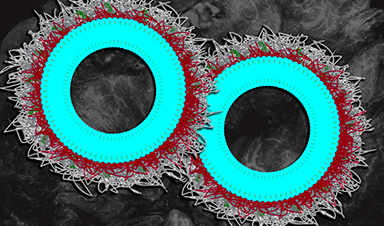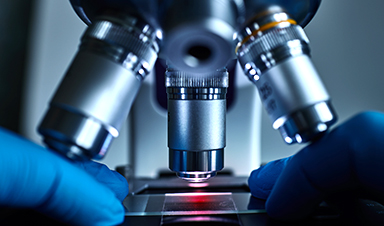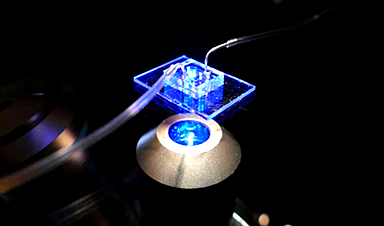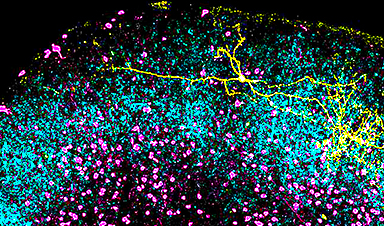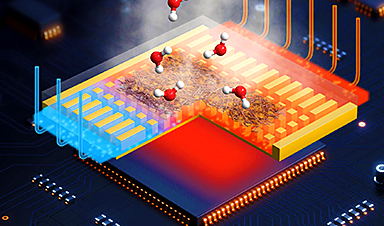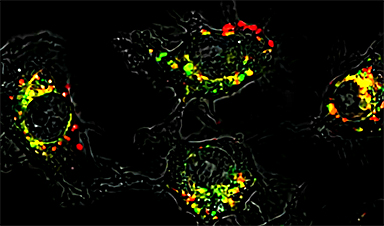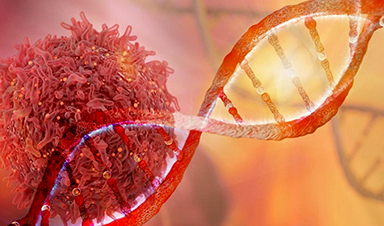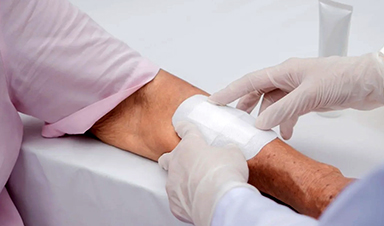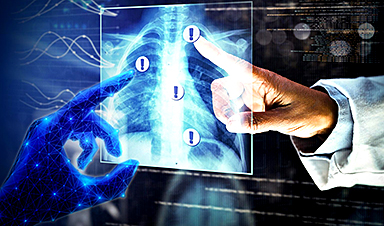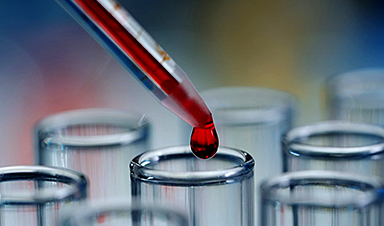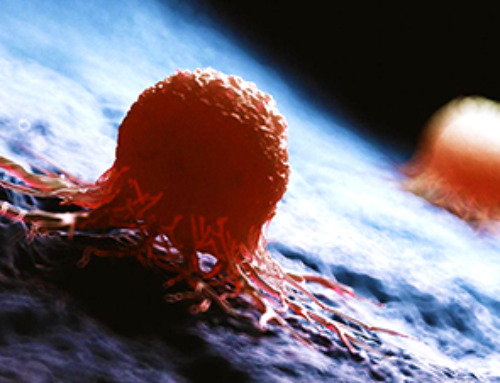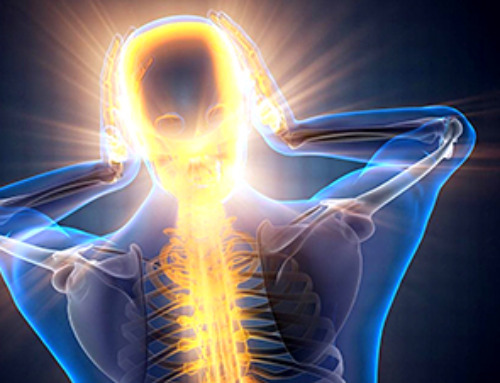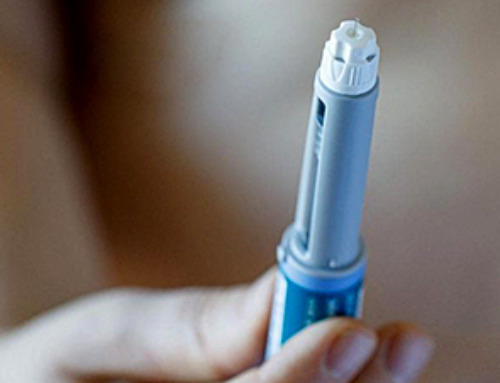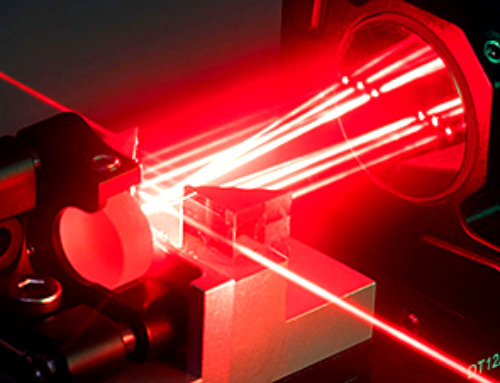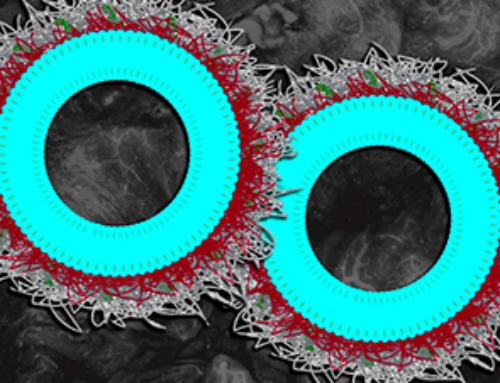Columbia University's research has uncovered a longstanding error in identifying gut stem cells, finding the true stem cells in a different site, which could revolutionize regenerative medicine by applying these findings to other organs.
Two independent studies by Columbia scientists suggest that research into the gut's stem cells over the past 15 years has been marred by a case of mistaken identity: Scientists have been studying the wrong cell.
Both studies were published in the journal Cell. The gut's stem cells are some of the hardest-working stem cells in the body. They work continuously throughout our lives to replenish the short-lived cells that line our intestines. About every four days, these cells—covering a surface about the size of a tennis court—are completely replaced.
Understanding these workaholic stem cells could help scientists turn on less productive stem cells in other organs to repair hearts, lungs, brains, and more. The gut's stem cells were supposedly identified more than 15 years ago in a landmark study.
But using new lineage tracing and computational tools, the Columbia teams, led by Timothy Wang and Kelley Yan, found that these cells are descendants of the gut's true stem cells. The gut's true stem cells are found in a different location, produce different proteins, and respond to different signals.
"The new work is controversial and paradigm-shifting but could revitalize the [entire?] field of regenerative medicine," says Timothy Wang, the Dorothy L. and Daniel H. Silberberg Professor of Medicine.
"We know we're making a lot of waves in the field, but if we're going to make progress, we need to identify the true stem cells so we can target these cells for therapies," says Kelley Yan, the Herbert Irving Assistant Professor of Medicine.
We recently spoke with Kelley Yan and Timothy Wang about the findings and implications.
Why does the gut need stem cells?
KY: What's relevant to this story is a tissue called the intestinal epithelium. This is a single layer of cells that lines the gut and it's composed of different types of cells that help digest food, absorb nutrients, and fight microbes.
Most of the cells live for only about four days before being replaced, so stem cells must create replacements.
What's really remarkable about the intestinal lining is how big it is. If we were to fillet open your intestine and lay it flat, it would cover the surface of a tennis court.
The gut's stem cells may be the hardest-working stem cells in the body.
The gut's stem cells were supposedly identified in 2007, and the discovery was hailed as a breakthrough in stem cell science. What made you think this was a case of mistaken identity?
TW: For the last 17 years, the intestinal stem cell field has assumed that Lgr5, a protein on the cell's surface, is a specific marker for intestinal stem cells. In other words, all Lgr5+ cells are assumed to be stem cells, and all stem cells are believed to be Lgr5+. These Lgr5+ cells were located at the very bottom of glands, or crypts, in the intestinal lining.
However, in the last decade, problems with this model began to appear. Deleting the Lgr5+ cells in mice, using a genetic approach, did not seem to bother the intestine very much, and the Lgr5+ stem cells reappeared over the course of a week. In addition, the intestine was able to regenerate after severe injury, such as radiation-induced damage, even though the injury destroyed nearly all Lgr5+ cells.
KY: By their very definition, stem cells are the cells that regenerate tissues, so these findings created a paradox. Many high-profile papers have evoked different mechanisms to explain the paradox: Some suggest that other fully mature intestinal cells can walk backward in developmental time and regain stem cell characteristics. Others suggest there's a dormant population of stem cells that only works when the lining is damaged.
No one has really examined the idea that maybe the Lgr5+ cells really aren't truly stem cells, which is the simplest explanation.
How did your labs identify the gut's real stem cells?
TW: My lab collaborated with the former chair of Columbia's systems biology department, Andrea Califano, who has developed cutting-edge computational algorithms that can reconstruct the relationships among cells within a tissue. We used single-cell RNA sequencing to characterize all the cells in the crypts, the region of the intestine where the stem cells are known to reside, and then fed that data into the algorithms.
These algorithms revealed the source of "stemness" in the intestine not in the Lgr5+ cellular pool but in another type of cell higher up in the crypts in a region known as the isthmus. After eliminating Lgr5+ cells with radiation or genetic ablation, we confirmed these isthmus cells were the gut's stem cells and able to regenerate the intestinal lining. We didn't find any evidence that other, mature cells could turn back time and become stem cells.
KY: We weren't trying to identify the stem cells as much as we were trying to understand the other cells in the intestine involved in the regeneration of the lining. No one has been able to define these other progenitor cells in the intestine.
We identified a population of cells that were proliferative and marked by a protein called FGFBP1. When we asked how these cells were related to Lgr5+ cells, our computational analysis told us that these FGFBP1 cells give rise to all the intestinal cells, including Lgr5+, the opposite of the accepted model.
My graduate student, Claudia Capdevila, then made a mouse that would allow us to determine which cells—Lgr5+ or FGFBP1+—were the true stem cells. In this mouse, every time the FGFBP1 gene is turned on in a cell, the cell would express two different fluorescent proteins, red and blue. The red would turn on immediately and turn off immediately, while the blue came on a little later and lingered for days.
That allowed us to track the cells over time, and it clearly showed that the FGFBP1 cells create the Lgr5+ cells, the opposite of what people currently believe. This technique, called time-resolved fate mapping, has only been used a few times before, and getting it to work was a pretty incredible achievement, I thought.
How will this affect the stem cell field and the search for stem cell therapies?
TW: This case of mistaken identity may explain why regenerative medicine has not lived up to its promise. We've been looking at the wrong cells.
Past studies will need to be reinterpreted in light of the stem cells' new identity, but eventually it may lead to therapies that help the intestine regenerate in people with intestinal diseases and possible transplantation of stem cells in the future.
KY: Ultimately, we hope to identify a universal pathway that underlies how stem cells work, so we can then apply the principles we learn about the gut to other tissues like skin, hair, brain, heart, lung, kidney, liver, etc.
It's also thought that some cancers arise from stem cells that have gone awry. So, in understanding the identity of the stem cell, we might be able to also develop novel therapeutics that can prevent the development of cancer.
That's why it's so critical to understand what cell underlies all of this.
References: "Time-resolved fate mapping identifies the intestinal upper crypt zone as an origin of Lgr5+ crypt base columnar cells" by Claudia Capdevila, Jonathan Miller, Liang Cheng, Adam Kornberg, Joel J. George, Hyeonjeong Lee, Theo Botella, Christine S. Moon, John W. Murray, Stephanie Lam, Ruben I. Calderon, Ermanno Malagola, Gary Whelan, Chyuan-Sheng Lin, Arnold Han, Timothy C. Wang, Peter A. Sims and Kelley S. Yan, , Cell.
DOI: 10.1016/j.cell.2024.05.001
"Isthmus progenitor cells contribute to homeostatic cellular turnover and support regeneration following intestinal injury" by Ermanno Malagola, Alessandro Vasciaveo, Yosuke Ochiai, Woosook Kim, Biyun Zheng, Luca Zanella, Alexander L.E. Wang, Moritz Middelhoff, Henrik Nienhüser, Lu Deng, Feijing Wu, Quin T. Waterbury, Bryana Belin, Jonathan LaBella, Leah B. Zamechek, Melissa H. Wong, Linheng Li, Chandan Guha, Chia-Wei Cheng, Kelley S. Yan, Andrea Califano and Timothy C. Wang, , Cell.
DOI: 10.1016/j.cell.2024.05.004
News
Concerning New Research Reveals Colon Cancer Is Skyrocketing in Adults Under 50
Colorectal cancer is striking younger adults at alarming rates, driven by lifestyle and genetic factors. Colorectal cancer (CRC) develops when abnormal cells grow uncontrollably in the colon or rectum, forming tumors that can eventually [...]
Scientists Discover a Natural, Non-Addictive Way To Block Pain That Could Replace Opioids
Scientists have discovered that the body can naturally dull pain through its own localized “benzodiazepine-like” peptides. A groundbreaking study led by a University of Leeds scientist has unveiled new insights into how the body manages pain, [...]
GLP-1 Drugs Like Ozempic Work, but New Research Reveals a Major Catch
Three new Cochrane reviews find evidence that GLP-1 drugs lead to clinically meaningful weight loss, though industry-funded studies raise concerns. Three new reviews from Cochrane have found that GLP-1 medications can lead to significant [...]
How a Palm-Sized Laser Could Change Medicine and Manufacturing
Researchers have developed an innovative and versatile system designed for a new generation of short-pulse lasers. Lasers that produce extremely short bursts of light are known for their remarkable precision, making them indispensable tools [...]
New nanoparticles stimulate the immune system to attack ovarian tumors
Cancer immunotherapy, which uses drugs that stimulate the body’s immune cells to attack tumors, is a promising approach to treating many types of cancer. However, it doesn’t work well for some tumors, including ovarian [...]
New Drug Kills Cancer 20,000x More Effectively With No Detectable Side Effects
By restructuring a common chemotherapy drug, scientists increased its potency by 20,000 times. In a significant step forward for cancer therapy, researchers at Northwestern University have redesigned the molecular structure of a well-known chemotherapy drug, greatly [...]
Lipid nanoparticles discovered that can deliver mRNA directly into heart muscle cells
Cardiovascular disease continues to be the leading cause of death worldwide. But advances in heart-failure therapeutics have stalled, largely due to the difficulty of delivering treatments at the cellular level. Now, a UC Berkeley-led [...]
The basic mechanisms of visual attention emerged over 500 million years ago, study suggests
The brain does not need its sophisticated cortex to interpret the visual world. A new study published in PLOS Biology demonstrates that a much older structure, the superior colliculus, contains the necessary circuitry to perform the [...]
AI Is Overheating. This New Technology Could Be the Fix
Engineers have developed a passive evaporative cooling membrane that dramatically improves heat removal for electronics and data centers Engineers at the University of California San Diego have created an innovative cooling system designed to greatly enhance [...]
New nanomedicine wipes out leukemia in animal study
In a promising advance for cancer treatment, Northwestern University scientists have re-engineered the molecular structure of a common chemotherapy drug, making it dramatically more soluble and effective and less toxic. In the new study, [...]
Mystery Solved: Scientists Find Cause for Unexplained, Deadly Diseases
A study reveals that a protein called RPA is essential for maintaining chromosome stability by stimulating telomerase. New findings from the University of Wisconsin-Madison suggest that problems with a key protein that helps preserve chromosome stability [...]
Nanotech Blocks Infection and Speed Up Chronic Wound Recovery
A new nanotech-based formulation using quercetin and omega-3 fatty acids shows promise in halting bacterial biofilms and boosting skin cell repair. Scientists have developed a nanotechnology-based treatment to fight bacterial biofilms in wound infections. The [...]
Researchers propose five key questions for effective adoption of AI in clinical practice
While Artificial Intelligence (AI) can be a powerful tool that physicians can use to help diagnose their patients and has great potential to improve accuracy, efficiency and patient safety, it has its drawbacks. It [...]
Advancements and clinical translation of intelligent nanodrugs for breast cancer treatment
A comprehensive review in "Biofunct. Mater." meticulously details the most recent advancements and clinical translation of intelligent nanodrugs for breast cancer treatment. This paper presents an exhaustive overview of subtype-specific nanostrategies, the clinical benefits [...]
It’s Not “All in Your Head”: Scientists Develop Revolutionary Blood Test for Chronic Fatigue Syndrome
A 96% accurate blood test for ME/CFS could transform diagnosis and pave the way for future long COVID detection. Researchers from the University of East Anglia and Oxford Biodynamics have created a highly accurate [...]
How Far Can the Body Go? Scientists Find the Ultimate Limit of Human Endurance
Even the most elite endurance athletes can’t outrun biology. A new study finds that humans hit a metabolic ceiling at about 2.5 times their resting energy burn. When ultra-runners take on races that last [...]
